Contest: your best holiday, by @papi.mati
Introduction
My best holiday didn't last just a week or two. I started travelling over five years ago, when me and my husband sold everything we had and left Poland. We visited several countries in Europe, took the plane to South America, spent two years in Chile, explored Argentina, Paraguay and Bolivia. We evacuated from Bolivia during the presidential coup back to Argentina where we live now.
Even though I'm not leaving the city now, I believe, I never stopped to travel. Each day brings me new experiences. I'm away from my home, in the country where another things are allowed and other, which might be normal in Poland, are inappropriate. I'm totally out of my comfort zone and I love it as that situation helps me to understand other people better, look at the Universe from totally another perspective.
I will not describe all my journey, as it would take too much time. It's impossible to make five years short in one post. Luckily I wrote already few publications about it before so now I can focus on one place which I really loved.
Let me take you to Paraguay. We will visit Jesuit Missions in Trinidad and Jesus de Tavarangue.
To help you to feel the atmosphere of that places, I recommend you to play this Guarani music when you are reading and watching the photos:
Transport
You can come to Trinidad from three different sides:
🚌 If you are travelling from South, you can cross the Argentinian border in Posadas and take the bus from Encarnación. Posadas is the great place to stop for few nights and explore Missioned region, Jesuit Missions in Argentinian side (they are not as spectacular as in Paraguay but still worth to see) and few smaller waterfalls.
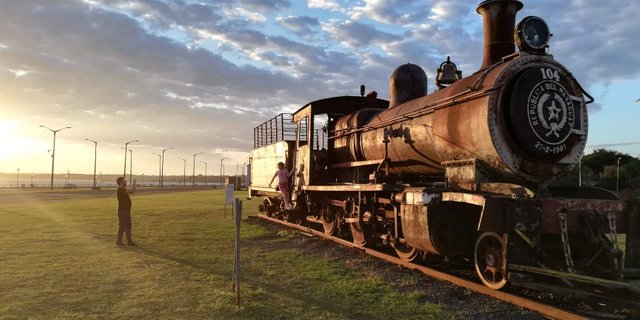
Abandoned train near to the coast in Encarnación
🚌 From East, you can travel with the bus from Ciudad del Este - the biggest duty free Zone in South America. Ciudad del Este is located near to impressive Iguazu Falls (Argentina-Brazil). It's worth to visit it to see the museum of Guarani and one of the biggest dams in the world.
🚌 From North you can come from Asunción - capital city of Paraguay.
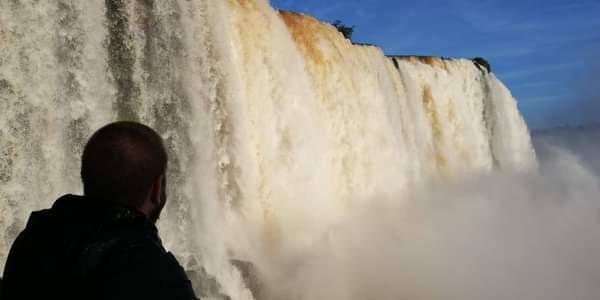
Iguazu Falls near to Ciudad del Este (Foz de Iguazú in Brazil and Puerto Iguazú in Argentina)
We spent plenty of time in Ciudad del Este and took the bus from there. Trip took few hours. On every stop local traders were entering the bus and offering snacks for sale, mostly home made chipas - small cheese buns. Now, at first I was surprised when I heard them because "chipas" is pronounced exactly in the same way as some common assault in my language. When I realized that they don't want to offend me but they just offer some delicious food, "chipas" became one of my favourite words.
Luckily chipas are available in Argentina too and it tastes almost the same way. Paraguayan version is a bit more humid though.
Where to sleep
Trinidad offers few places as the accommodation for the tourists. Most of them are just private rooms rented by the locals in their houses. Prices might be high, especially when you come from Argentina, which is very cheap.
Even though there is plenty of private rooms to rent, you won't find here many hotels. One we consider worth recommendation is the hotel right in front of the entry to Jesuit Ruins. The price for the hotel is moderate, breakfast is included and... You won't find any better location.
Extra bonus was the company of that lovely kitten which lives there.
Tickets
Ticket allows to enter four different Jesuit Missions in four cities and is valid for one week. It cost only 25 000 Guarani (less than 4 USD). Besides that Paraguayans have significant discount and Guarani people can enter for free.
It's allowed to enter the ruins individually during the day or join the trip with the guide. Additionally once per week it's organized night visits with light theatre and narration played from the record. It's in Spanish only but if you know that language, I do recommend you to take the trip as it's very informative.
History of the Jesuit Missions
It all started in XVIIIth century when Jesuit Monastery created some kind of the Republic on these lands. They were inviting Guarani people to join their Missions, providing accommodation and food for some basic work.
Jesuit Missions were very extraordinary at that times. Other Spanish and Portugeese colonies were treating native people as the cheap labour, slaves, when under Jesuit protection Guarani were free.
Quasi country created by the mission and natives had very interesting form. I believe we could call it balanced syncretism between democracy, theocracy and communism.
Democracy:
Guarani were free, they could join and leave the Mission anytime they wanted. Nobody was directly forced to believe in God or accept christian tradition. In fact, in the first years of the missions it was tolerated when Guarani were practicing their magic rites or when they were living in their polyamorous families.
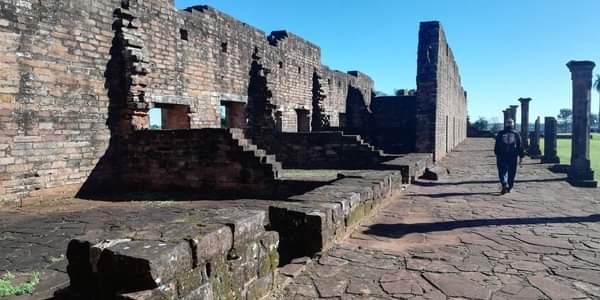
size of the average house - single room was for two people
Yep, that part is very interesting for me, as the polyamorous person. Guarani were polyam. They became monoamorous after a generation in Trinidad. Even though nobody was directly prohibiting it, missionaries we're building very tiny houses for Guarani to force them to live in a smaller families. Polyamorous Guarani couldn't do better jobs as well.
Communism:
There was no ownership law. All things belonged to the community. People were sharing tools, musical instruments and food. In the missions money we're not used as well
Theocracy:
Even though nobody was forced to become Christian, just like with the polyamory, people who didn't accept new religion we're not allowed to get some jobs.
Every central place of the town was with the church and time was measured from one praying to another. Obviously, in that construct, it was impossible to keep the tradition long term and it took only one generation time to convert all the Guarani to Christianity.
Traditional day in Trinidad
Guarani were working 6 hours per day, only 4-5 days in a week. Rest of the time they spent mostly on manufacturing musical instruments, praying, singing (if you have seen "Mission" movie and if you remember the audience in Vatican - it's a historical fact. One of the Popes asked Guarani to sing for him), playing games or learning.
One of the good things made by Jesuits was teaching Guarani how to write and read. It's important to notice that they were learning how to write in their native language instead of latin. Thanks to that we have some historical sources from XVIII-th century about that culture.
Missionaries introduced Guarani basic agriculture and imported few vegetables which were not available here before. Guarani presented their own herbs and vegetables to Jesuits. That symbiosis provided huge food and herb variety. In fact, medicine was on such a high level, that life expectation in Trinidad that time was 43 years (in France 25-30 years, in Austria barely 23).
Local Farms included animals but still Guarani liked to hunt or go for a fishing. Meat consumption was twice bigger than in Europe that times.
It's interesting that Jesuits prohibited death penalty - right now it might seem to be quite usually but in that times it was very revolutionary thought.
Jesuit Missions in total included 150 000 citizens although the biggest cities were populated by up to 7000. It was important to avoid crowded places.
Most of the cities were connected with stone roads and it was possible to travel between them on a horse.
How did the city look like
I already mentioned that the houses were quite small to keep the families monoamorous. All the houses were basically connected one to another so there was not much privacy in them.
Central part of the city was with the big church and square where people were gathering during the celebrations or just to pray.
Streets were very wide, partially under the roof. It was practical solution. In Paraguay it's always too rainy or too sunny. Roof provided the shadow and protected from the rain. All the streets were crossing each others in 90°. That way it was easy to keep the city well organized and expand it with the time.
Some of most interesting buildings were baths (Jesuit Missions were with the sewage system), widow house, school and jail. There was also a hospital in every town.
The end of the mission
It took only 150 years to destroy Jesuit Missions. Army of Spain and Portugal all together burned most of the cities and killed all the native people who were not able to run away. What was the reason? I believe that Missionaries showed that autocracy is not the best way to rule the society and that there is another way, which significantly improves quality of life. That could make some royalties feel endangered. Basically, Jesuit Missions were conquered because were not cruel... How cruel is that.
Besides ruins...
Trinidad is a tiny place. Not much to see there, but one spot deserves recommendation. Out of the city there is some interesting Park. It's called "Parque Ecológico Ita Cajón". It's a historical place as Guarani were taking rocks fr there to build huge bricks used in construction of the Jesuit Mission.
Right now it's a charming park where you could relax or make a picnic. It's full of the wooden sculptures which represents traditional Gods and Demons from Guarani mythology. Most of them are strictly related to fertility, so don't be surprised if you will see plenty of penises, sometimes in very weird shapes.
For me, from ethnographic point of view, it was in some point even more interesting than Jesuit Missions. There is not much information about that Gods, but usually the name written under the sculpture is enough for the curious man. Rest can be easily googled.
Ending
Jesuit Mission in Trinidad is one of the least popular objects from the UNESCO heritage list. We have spent one whole week discovering ruins and we have seen only few other tourists there. As you can see on the photos, the place is almost empty and that makes it even more beautiful.
I would love to come back there some day. I hope, after reading this post, you dream about the same. Of you do, let me know in the comment. Who knows, maybe some day we can ask trip to Jesuit Mission all together.
All the photos included in this post belong to me. Nothing is taken from the Internet.
Traditionally 10% of income goes to charity @adollaraday
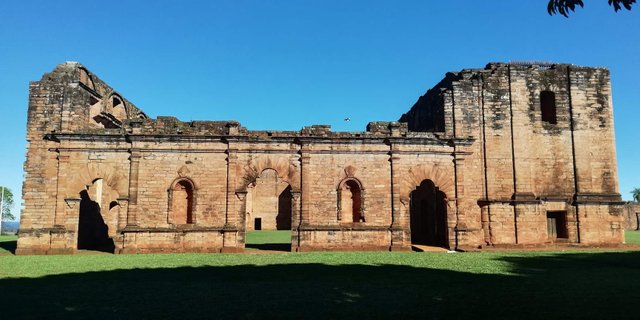
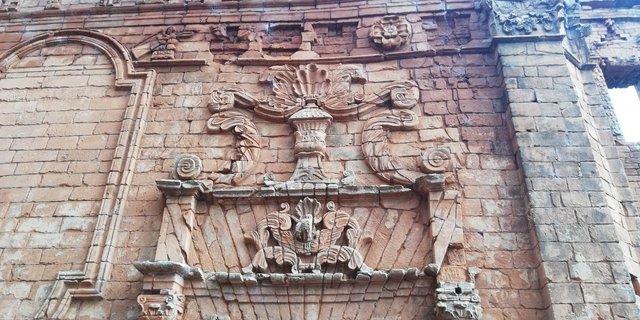
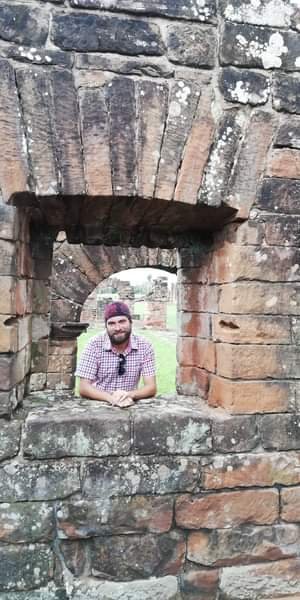

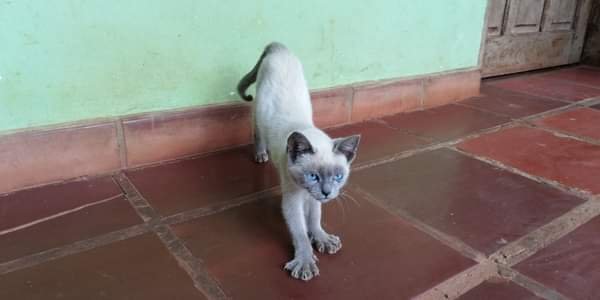
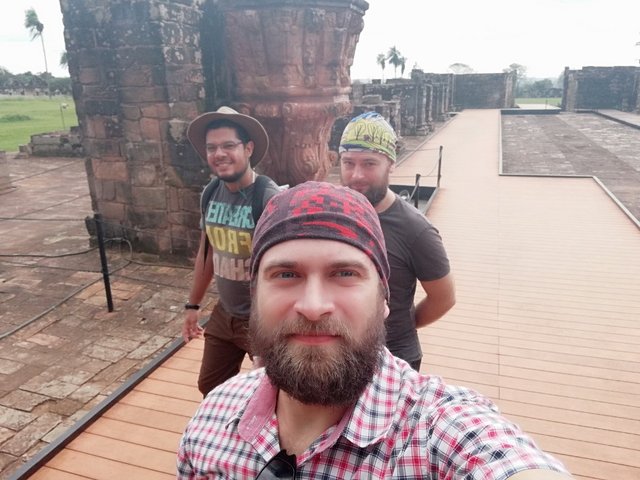
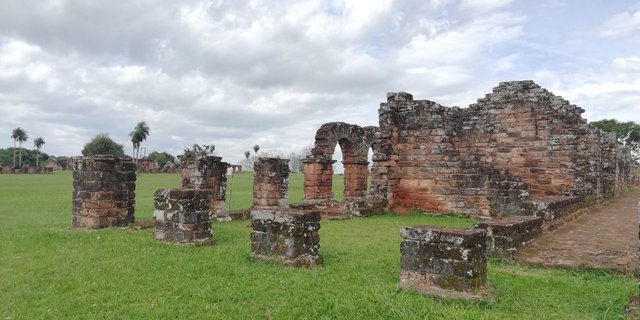
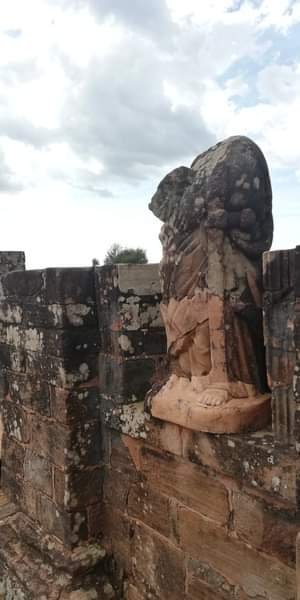
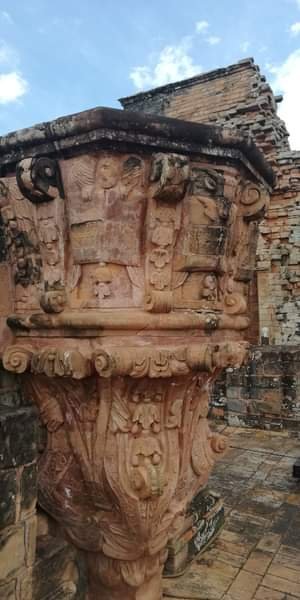
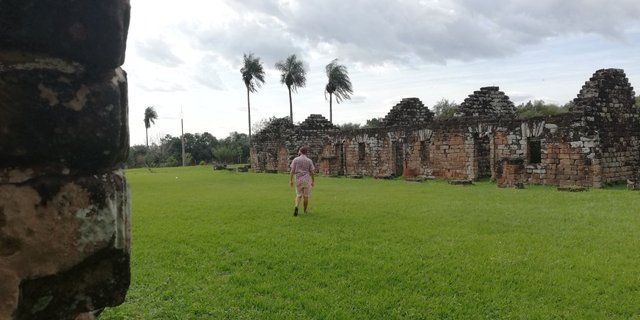
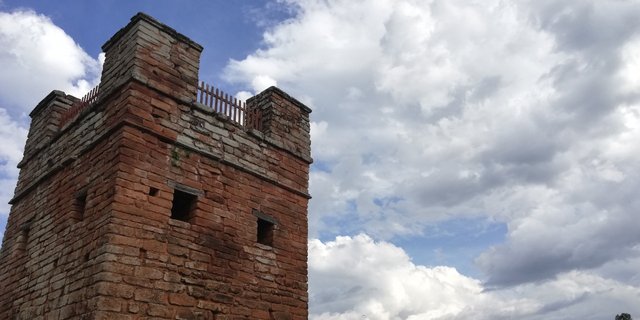
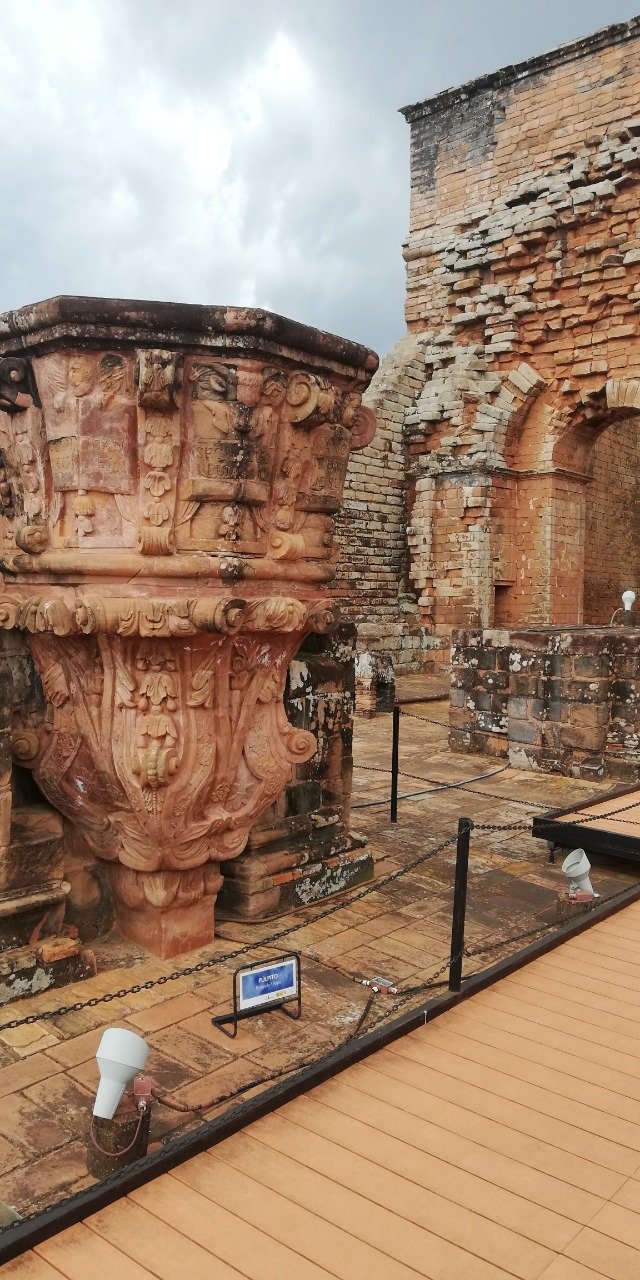
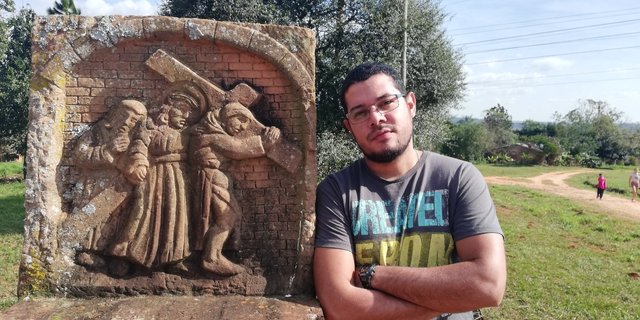
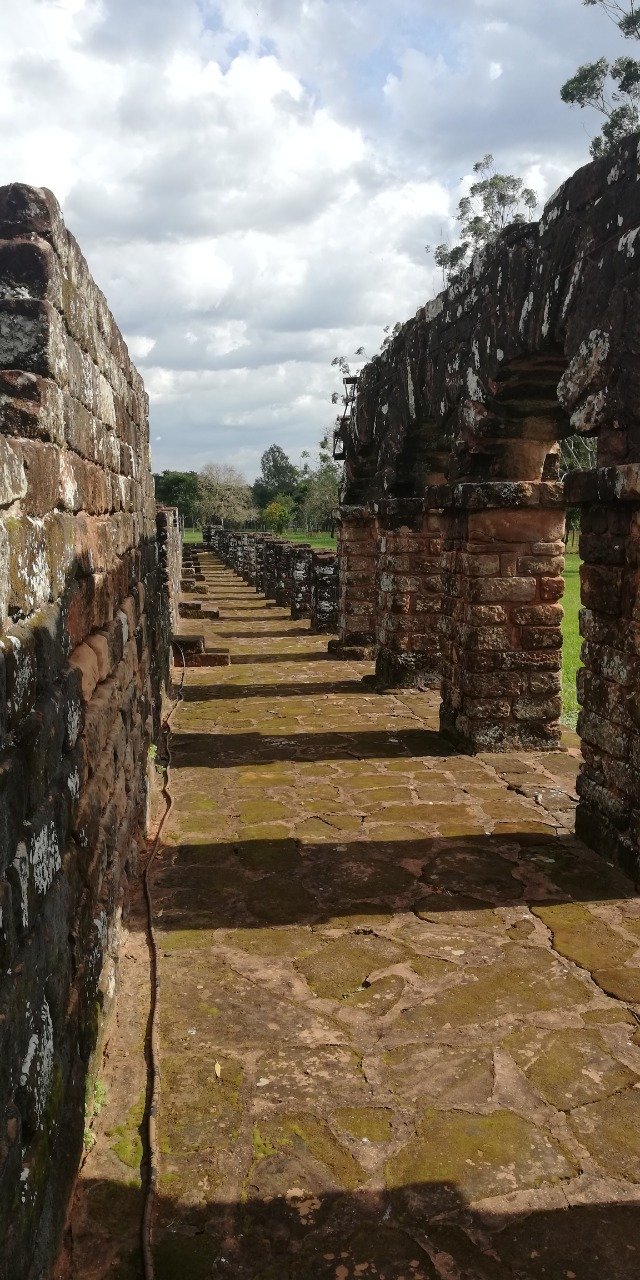
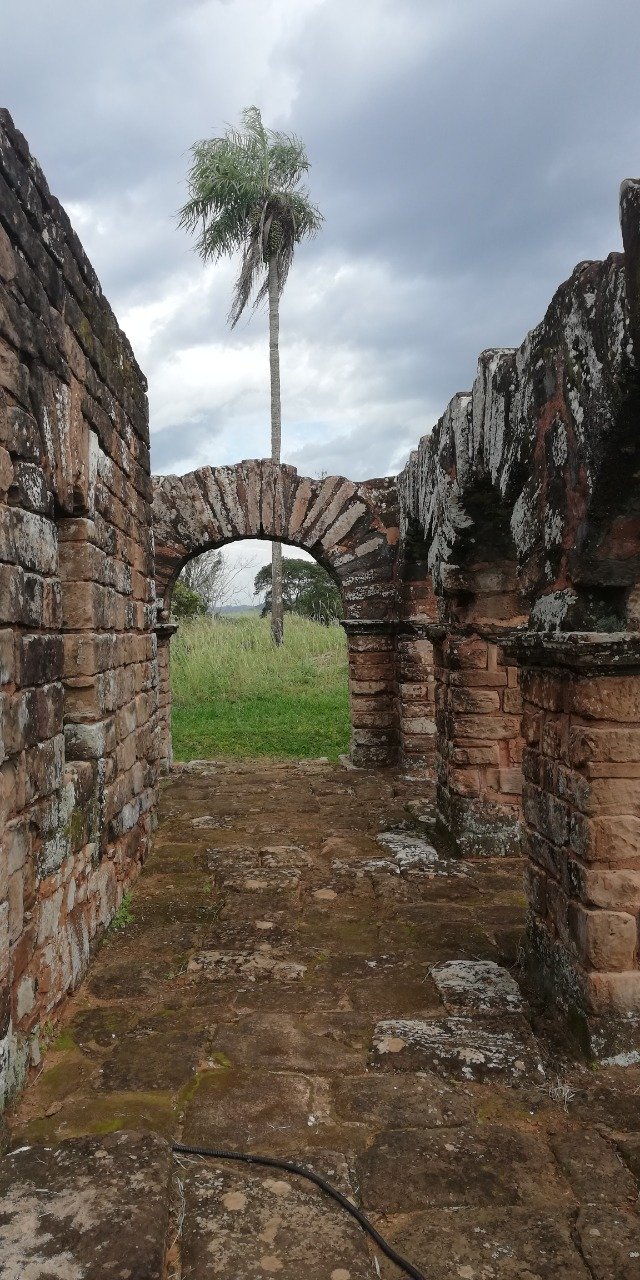
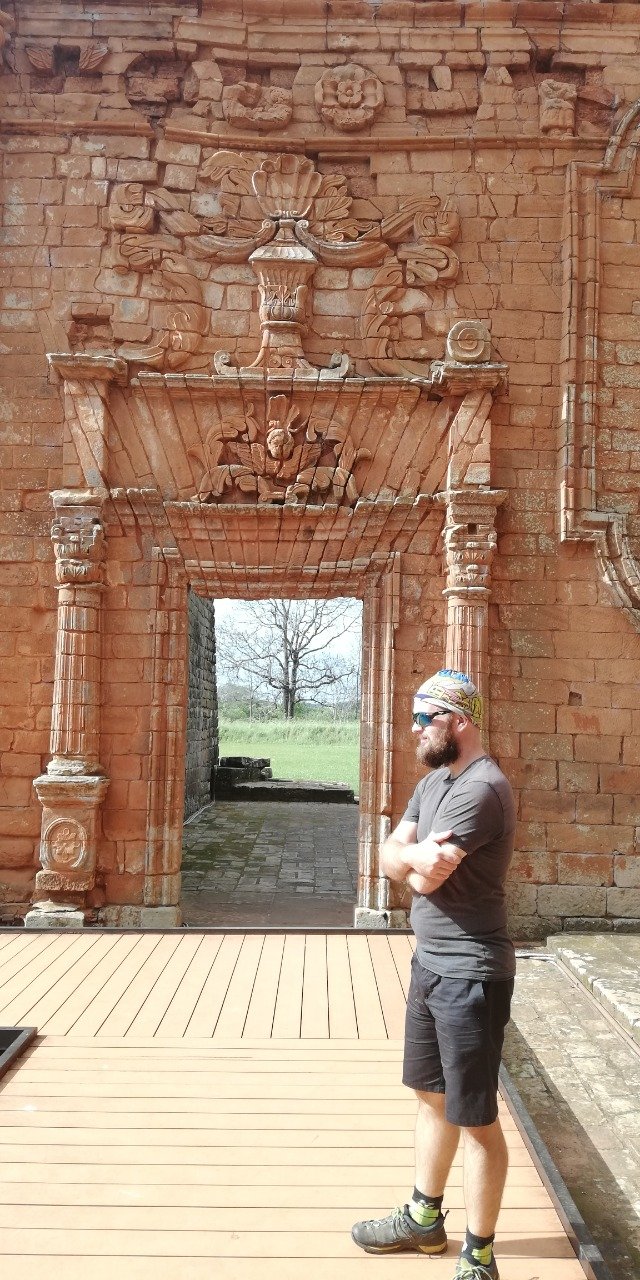
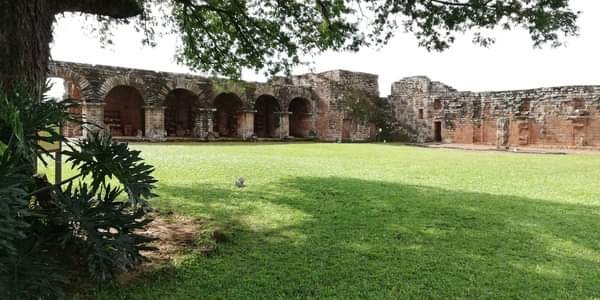
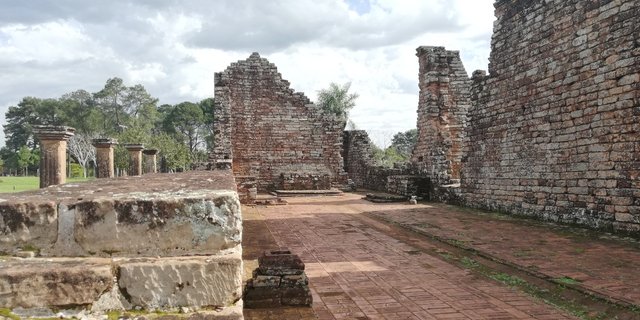
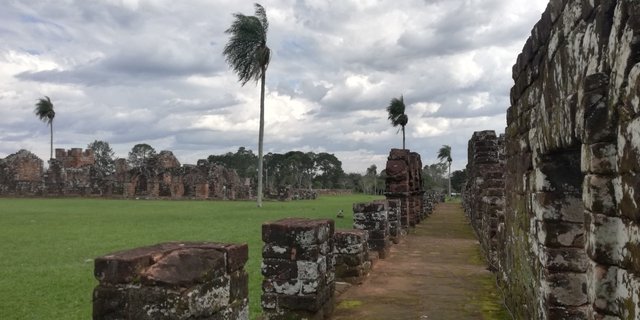
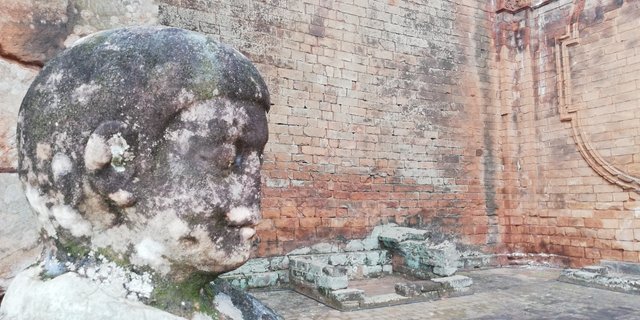
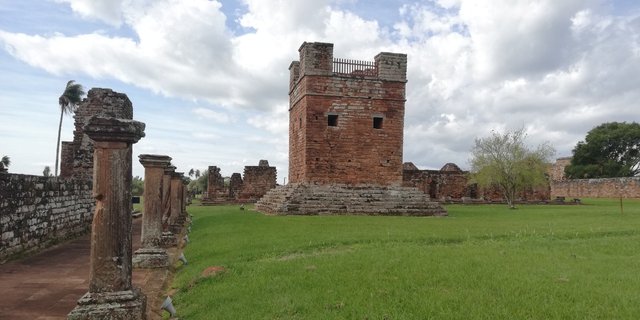
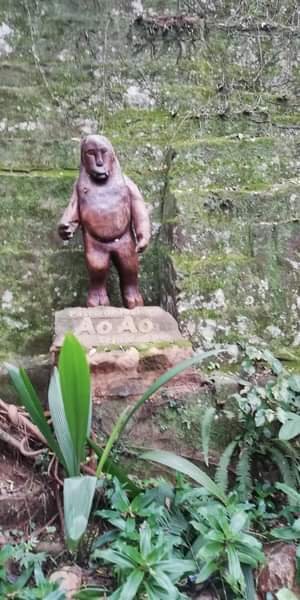
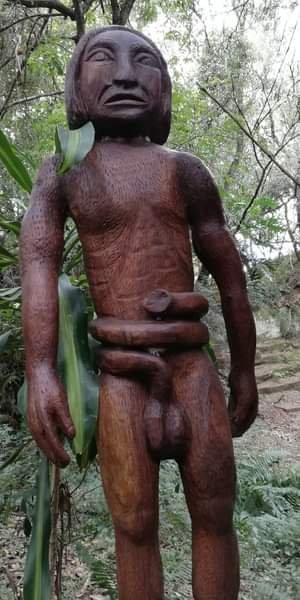
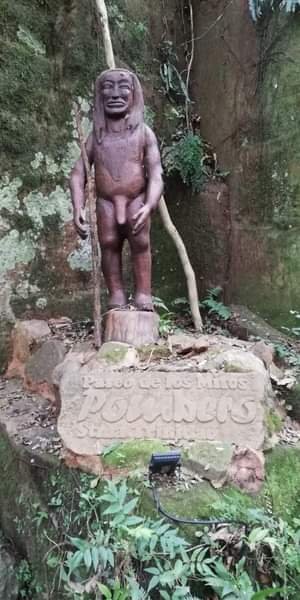
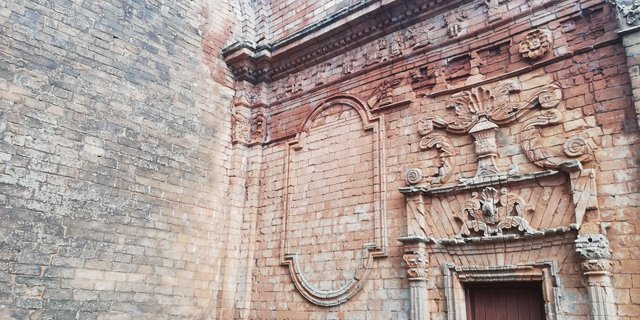
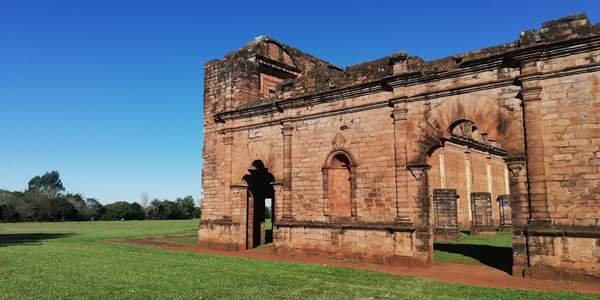
Excelente post. Éxito en el concurso
Loveeeeeeeeeeeeed it!!! Great post! :)
PS: Will take a look at your discord message in a while, I didn't have the time to read it through so far!!
Thank you! I'm glad you enjoyed reading it :)
This post has been supported by A Dollar A Day administered by @pennsif...
Thank you for setting a beneficiary to @adollaraday.
This is amazing.. I feel like I have visited those places after reading your blog.
Thank you for your kind words!
If you like my writing style and travel articles, you might like my old posts:
- Mendoza-Iguazu bicycle trip
- Parque Iberá
- Canary Islands
Have a marvelous day!
Congrats on being one of the winners of this week!